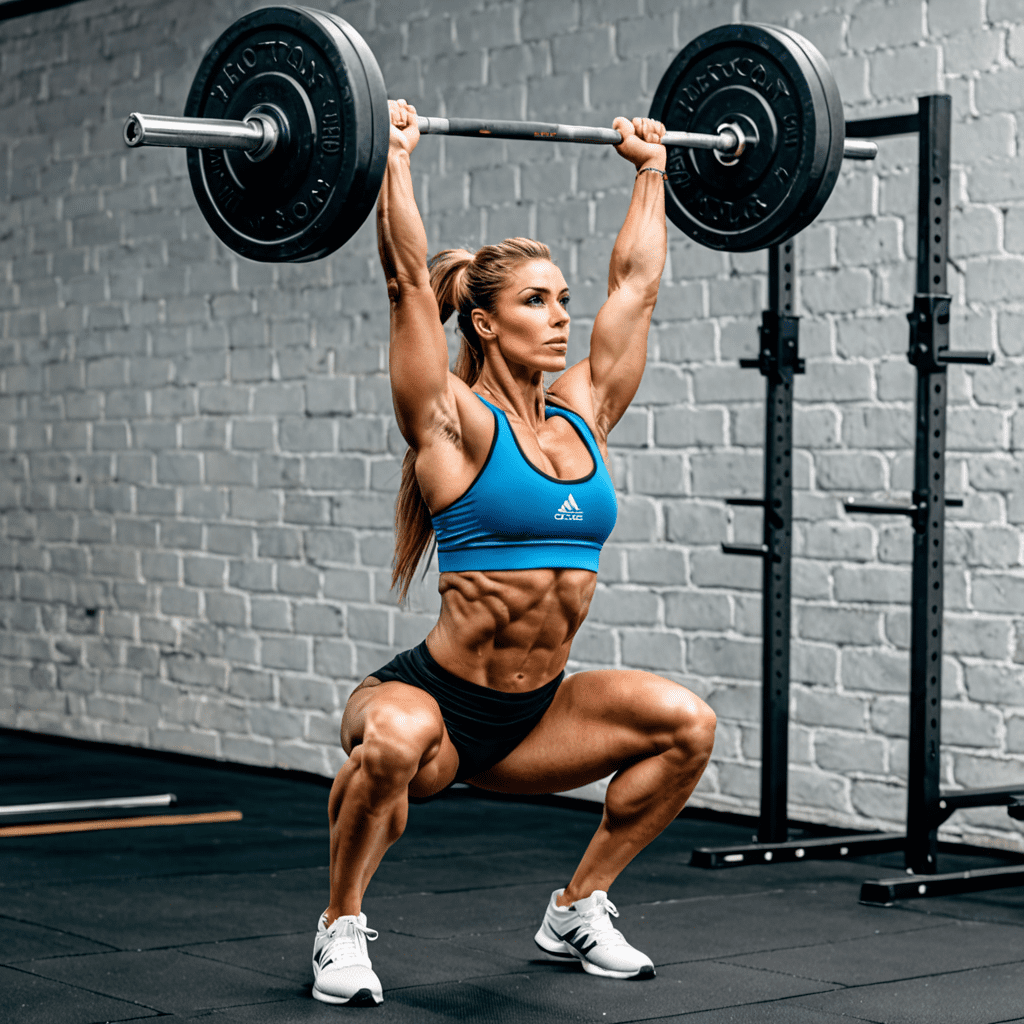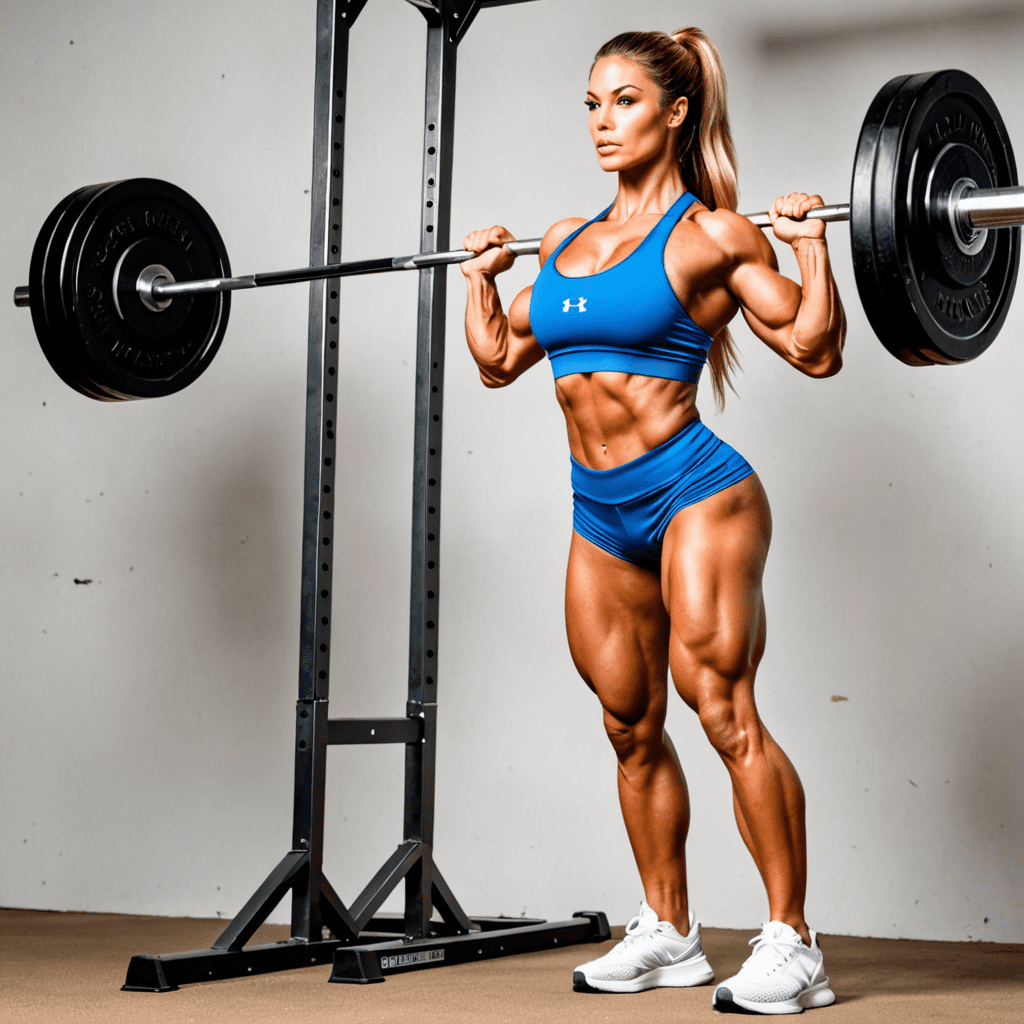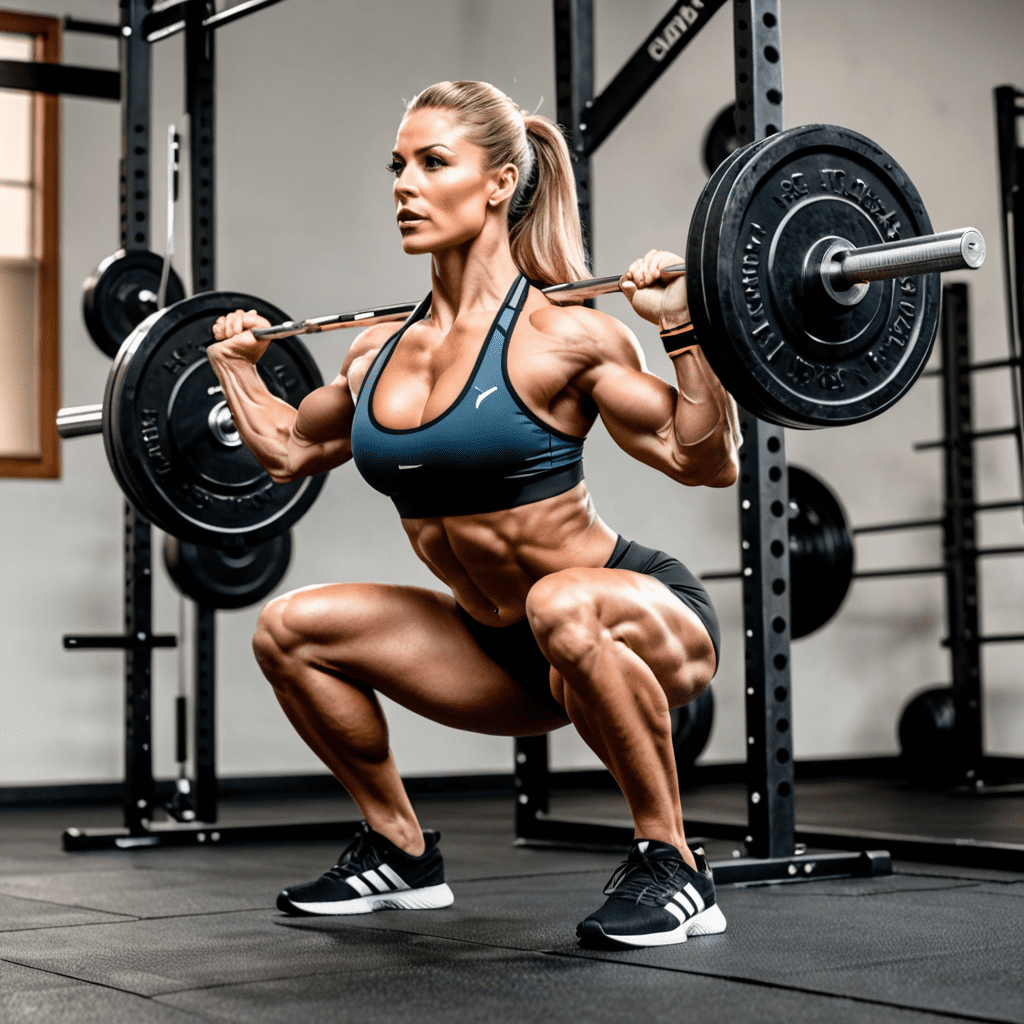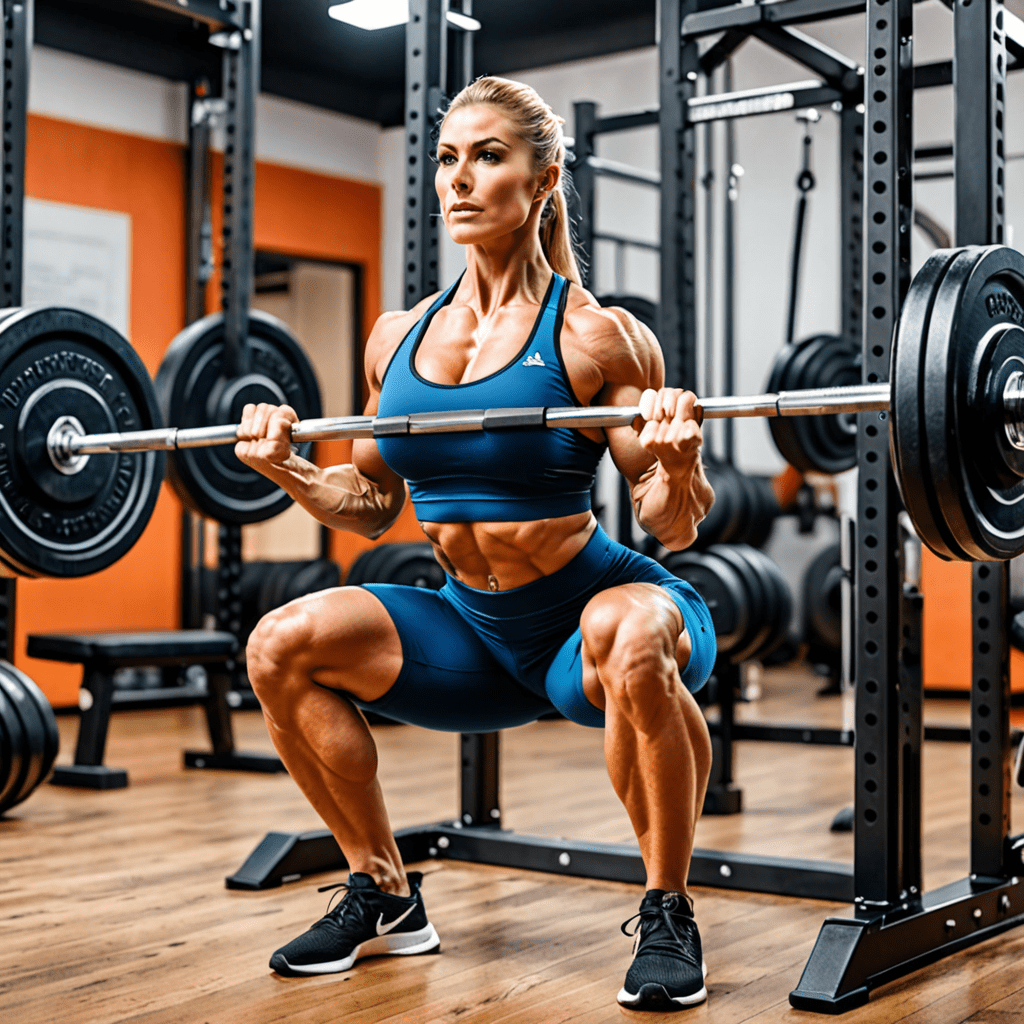
Mastering the Overhead Squat: A Complete Guide
The overhead squat is a challenging exercise that requires coordination, strength, and mobility. It is an excellent full-body movement that targets multiple muscle groups and can improve your overall athletic performance. Whether you are a beginner or more advanced in your fitness journey, the overhead squat can be a valuable addition to your workout routine. In this guide, we will break down the steps for performing the overhead squat correctly and provide tips to help you master this exercise.
1. Building Core Strength
Before attempting the overhead squat, it is essential to develop a strong core. A stable core is crucial for maintaining proper form and balance during the exercise. Incorporate exercises such as plank variations, deadbugs, and Russian twists into your routine to strengthen your core muscles.
2. Mobility and Flexibility
To perform the overhead squat effectively, you need adequate mobility and flexibility in several areas, including your shoulders, hips, and ankles. Spend some time each day working on mobility exercises specific to these areas. Incorporate exercises like thoracic spine rotations, shoulder dislocates, hip mobility drills, and ankle mobility exercises to improve your range of motion.
3. Proper Grip and Positioning
To set up for the overhead squat, start with a wide grip on the barbell, slightly wider than shoulder-width apart. Position the barbell overhead, keeping your arms fully extended and in line with your ears. This grip will provide stability and proper alignment during the exercise. It is essential to maintain a tight grip on the bar throughout the movement to prevent losing control.
4. Squatting Technique
Begin the overhead squat by initiating the movement with a slight hip hinge. Slowly descend into a full squat position while keeping your chest up, knees tracking in line with your toes, and weight distributed evenly through your feet. Focus on maintaining proper alignment and depth while keeping your core engaged throughout the movement.
5. Progression and Scaling
If you are new to the overhead squat, it is essential to start with lighter weights or even just a PVC pipe. Focus on mastering your form and gradually increase the weight as you become more comfortable and confident. Alternatively, you can also perform overhead squats with dumbbells or kettlebells, which can provide additional stability.
6. Common Mistakes to Avoid
When performing the overhead squat, it is important to be mindful of common mistakes that can compromise your form and increase the risk of injury. Some common mistakes to avoid include rounding of the back, excessive forward lean, collapsing knees, and lack of depth. Take the time to assess your form and make necessary adjustments to ensure optimal execution of the exercise.
FAQ
Q: How often should I practice the overhead squat?
A: The frequency of your overhead squat practice will depend on your current fitness level and goals. As a general guideline, aim to incorporate the overhead squat into your routine at least two to three times per week. It is recommended to allow for adequate rest and recovery in between sessions to prevent overuse injuries.
Q: Can I do the overhead squat if I have previous shoulder injuries?
A: If you have previous shoulder injuries or any other medical concerns, it is important to consult with a qualified healthcare professional before attempting the overhead squat. They can assess your specific situation and provide guidance on whether the exercise is suitable for you.
Q: Why is overhead squatting beneficial?
A: Overhead squatting offers numerous benefits, including improved mobility, increased core strength, enhanced balance and stability, and greater overall body awareness. It targets multiple muscle groups, including the quadriceps, glutes, core, and upper back, making it an effective full-body exercise.
Q: Are there any alternatives to the overhead squat?
A: If you are unable to perform the overhead squat due to mobility limitations or other factors, there are alternative exercises that can provide similar benefits. Front squats, goblet squats, or overhead lunges can be effective alternatives that target similar muscle groups while accommodating different mobility levels.
Q: How long does it take to master the overhead squat?
A: The time it takes to master the overhead squat will vary from person to person. It depends on factors such as your current fitness level, mobility, and consistency with practice. Be patient and focus on gradually improving your form and technique over time.
Q: Can I incorporate the overhead squat into any fitness program?
A: The overhead squat can be incorporated into a variety of fitness programs, including strength training, functional fitness, and Olympic weightlifting. However, it is important to ensure that you have a solid foundation of strength and mobility before adding this exercise to your routine.
In conclusion, mastering the overhead squat requires dedication, patience, and attention to detail. By following the steps outlined in this guide and consistently practicing, you can gradually improve your form, strength, and mobility. Remember to start with lighter weights, focus on proper technique, and listen to your body to prevent injuries. Incorporate the overhead squat into your fitness routine and enjoy the many benefits it has to offer.


